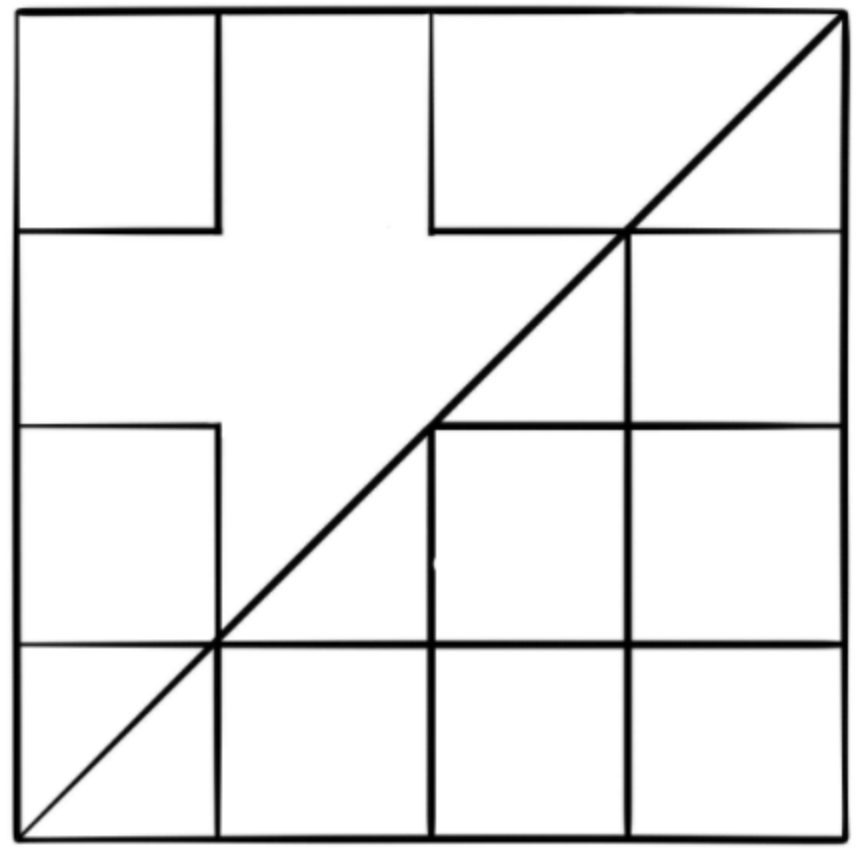Bringing Up The F Word With Your Middle Schooler
By now, students in middle school have been exposed to the F-word. It has been used by their classmates for a few years now, and slowly but surely, it has stirred up more and more trouble. After all, the general consensus around the word in society is rather negative. Yep, people all over the world avoid the F-word at all costs...
Fractions.
Whew. OK. I said it. Did that cause a visceral reaction? Did you clutch your chest, leaning back in your chair as you read it? Maybe it wasn’t that dramatic, but there are countless students across the country, and adults taking care of them when they get home, who despise the thought of a fraction. In elementary school, we learn about the composition of a fraction, how to create equal parts, adding fractions, subtracting fractions, and more. For some reason, this “parts of a whole” representation of objects gets confusing in a hurry, hence the aversion to fractions as we get older.
The trouble with avoiding fractions is that they come up in advertisements, reports, and other representations of data in the adult world that try to explain what is happening in a variety of situations. From mechanics to designers to construction workers to engineers to doctors and beyond, there are many applications of fractions that appear. Rather than shying away from them in the middle grades, parents and students can engage in prompts that make the experience better.
Or, what happens often...
“Eh, I’ll just convert everything to a decimal. That’s easier.”

This image, built by Nat Banting from fractiontalks.com, is a wonderful place to start. From here, we can color in a portion and ask, “How much of the overall shape is shaded in?”

For example, the shading above is one way of setting up this problem. If you have some trouble with the prompt, think about it in terms of “parts of a whole.” In the top left, there is a small square. If you were to take that square and place it all around the larger shape, you would need 16 small squares. Therefore, each small square represents one of the larger 16. The blue shaded region is three of those squares, so we represent it as 3/16.
Was that a little bit intense? If so, there is another site that has a whole bunch of great prompts for you to try.
How many cupcakes do you see? How did you count? What fraction of the cupcakes have pink frosting? What fraction of the chocolate cupcakes have chocolate frosting?
Ntimages.weebly.com has a lot of images that can be used to spark curiosity and begin a conversation about “parts of a whole” representation in a way that is fun and casual. One side effect of checking out the work that Pierre has done with the site is that I am now looking in my own world for prompts like the ones I’ve seen and can use them with my own kids.
In this ongoing partnership between school and home, educators do not need the parents to be content-level experts, especially when it comes to fractions. As a way of continuing to nurture that love of learning, we are asking parents to be good questioners, finding the world around them as an opportunity to ask questions that elicit a meaningful conversation. Once you have looked through fractiontalks.com and ntimages.weebly.com, my hope is that they create an awareness you can now use to your advantage in this ongoing journey of exploration and learning.
When bringing up the F-word with your child, may it now be a happy conversation, one of exploration, wonder, and discovery.
In the next post, we will talk about patterns and how they can be used to continue those same conversations.
Thank you for bringing math to the table.
John